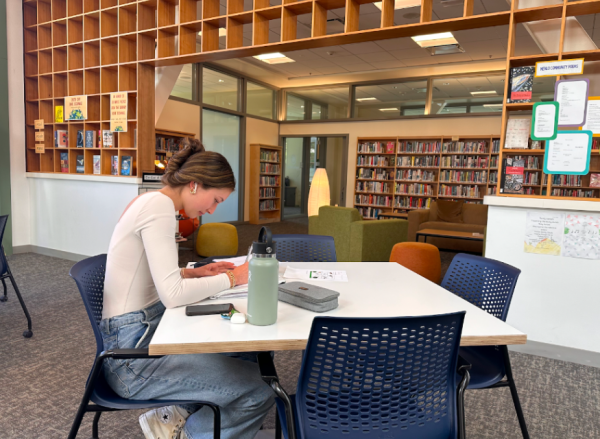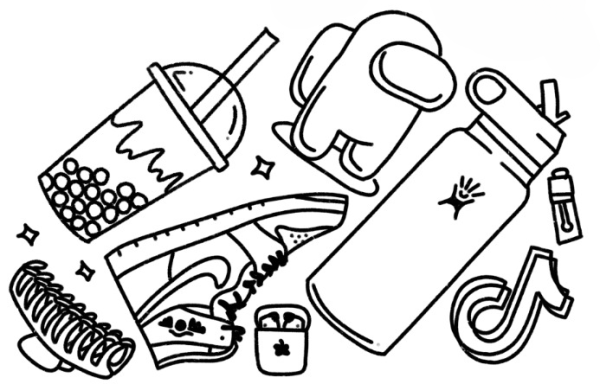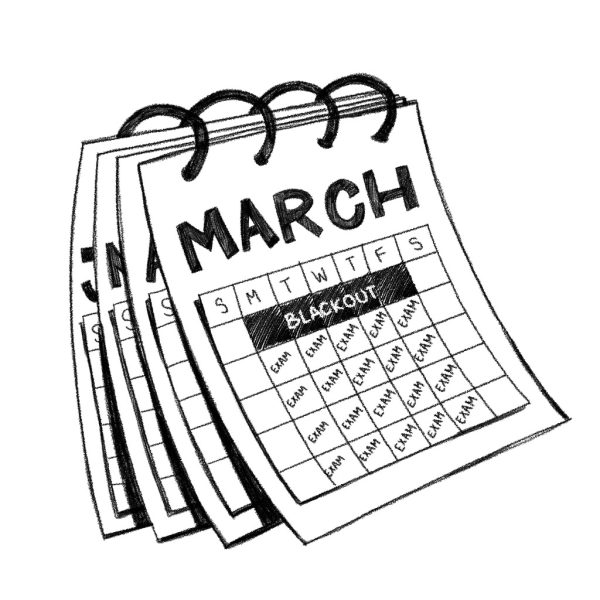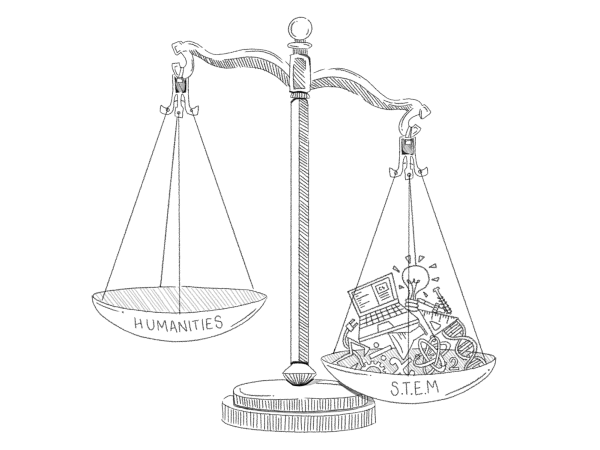Why the Government Should Not Rush to Lift COVID-19 Restrictions
Protesters gather in Harrisburg, Pennsylvania, demanding that the state’s economy reopens. Creative Commons photo: Paul Weaver on Flickr.
April 26, 2020
Although America is leading in COVID-19 cases while supplies and tests are in short supply and hospitals and health care providers are still overwhelmed, politicians and protestors are pushing to reopen the country in the coming days.
President Trump and the Coronavirus Task Force revealed their three-step plan to restart the economy at a press briefing on April 17. Before starting phase one, each state or region should satisfy certain criteria, according to the plan. The region should see a decrease in reported cases and symptoms, hospitals should be properly equipped to handle another surge and testing should be more reliable and easily accessible.
If properly satisfied, it is appropriate to move to phase one, or a “soft reopening,” that entails the vulnerable population continuing to shelter in place, all people following social distancing guidelines in public, and avoiding gatherings greater than 10 people. Schools and bars will remain closed during this phase, but non-essential surgeries will resume and gyms and larger venues will reopen under some sense of normalcy.
Then, if there appears to be “no evidence of a rebound,” phase two can commence. In this phase, guidelines are still strict, but non-essential travel can resume, and schools will be able to open. And finally, phase three means resuming normal life, for the most part, but with increased caution in crowded places and for the immunocompromised or elderly.
Though these federal guidelines are relatively strict, certain state governors seem to be interpreting the suggestions differently, with some rushing to remove restrictions, at the potential cost of many lives.
Some more lenient states including Florida and Texas are expected to reopen this coming week. Other states such as Georgia, Oklahoma and Alaska have faced controversy over their minimal restrictions and reopening of retail stores and restaurant dining (with restrictions) that started as early as April 20 or April 24.
The President has made clear that he does not intend to impose rules or restrictions nationally, but plans to defer to each state. “Governors will be empowered to tailor an approach that meets the diverse circumstances of their own states. And some states will be able to open up sooner than others,” said President Trump at an April 20 White House News Conference.
Of course, the rush to reopen without seeing a significant fall in new cases and without widespread testing is irresponsible and goes against the advice of the CDC and many infectious disease experts, all of whom say it is still too early to relax social distancing guidelines. Doing so puts additional lives at risk now; it also risks generating an even deadlier second wave of infections.
“There’s a possibility that the assault of the virus on our nation next winter will actually be even more difficult than the one we just went through,” said Robert Redfield, director of the Centers of Disease Control and Prevention to the Washington Post. A peak during the winter would result in even more of a toll on the healthcare system as it would happen at the same time as flu season, according to Redfield. It is not uncommon for infectious diseases like COVID-19 to have second waves, sometimes even more deadly than the first. The 1918 Influenza Pandemic (also known as the Spanish Flu) is a case in point. The second wave of the Spanish Flu was even more fatal than the first and contributed to a majority of the 50 million deaths worldwide from the pandemic, according to the CDC.
There are already concerns that a second wave is hitting China as residents try to restart normal life after their 76-day lockdown. Beijing closed all gyms again this past weekend, as a result of more cases, according to CNBC.
States such as California and New York are taking a much more conservative approach to reopening. California Governor Gavin Newsom was one of the first in the country to set strict social distancing guidelines, and plans to continue this caution through the process of reopening and returning to normalcy. “We layed out six specific indicators that would guide our decision [to reopen] based upon health, science, real data, not politics, not pressure,” said Newsom in a news conference on April 21. The state will be providing weekly updates on how indicators are progressing, and how our stay at home order will be modified, but there is no set date for the order to end.
Reopening the economy in particular regions has divided the country during a time it is most necessary to unite to protect the immunocompromised and ensure the ongoing safety of the nation’s healthcare workers. Protestors of stay at home orders with signs reading “open our economy” and “I want to pray in church” are ill-advised, at best. With the development of a vaccine months or even years away, reopening needs to be very careful and strategic, guided by the advice of medical experts, and not rushed by economic needs. According to an April 15 poll by Politico, 81% of Americans believe the same, saying we should “continue to social distance for as long as is needed to curb the spread of coronavirus, even if it means continued damage to the economy.” As Newsom tweeted on April 21, “We must continue to stay home. Practice physical distancing. #StayHomeSaveLives.” Reopening too soon will surely spark another surge, causing further chaos and damage to our nation’s mental, physical and economic health.













